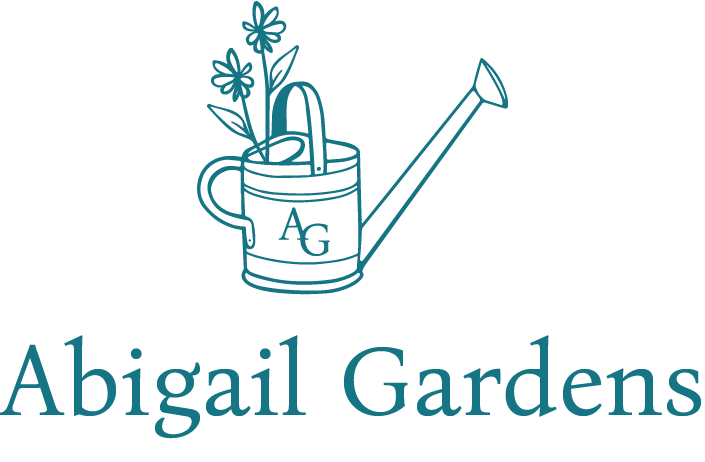Earliest Blooms for Bees
Despite the still chill temperatures, there are actually several plants/trees that grace us with blooms by around March first (some even coming into bloom late Feburary), making them the earliest bloomers for the season. In addition to being beautiful and jump-starting the emerging color in nature, they are vital to the bees emerging from hibernation in search of food. Don’t sleep on these plants!
Witch Hazel (Hamamelis virginiana)
The extract of the wood and bark can be used as an astringent. It is also known to be deer resistant.
2. Cornelian Cherry (Cornus mas)
It produces an edible fruit that turns red as it ripens. This tree is not a cherry, but rather a dogwood.
3. Okame Cherry (Prunus x incam)
The Okame Cherry was developed by crossing Prunus campanulata and Prunus incisa to achieve a tree that had both the bright pink flower and was more cold resistant.
4. Crocus
Saffron is a product of a particular species of crocus, C. sativus specifically. Crocuses in general have a waxy cuticle covering their leaves and petals helping insulate them.
5. Hellebore or Lenten Rose (Helleborus)
They got their common name because they bloom during Lent and are not actually in the rose family. The “petals” are actually sepals, or protective coverings for the flower inside.
6. Creeping Phlox (Phlox stolonifera)
An excellent choice for hillsides as they can help prevent erosion. It is also effective for smothering weeds.
7. Virginia Bluebells (Mertensia virginica)
Despite their name, not all bluebells are blue, sometimes they can be white or pink. Their emerging foliage is usually a deep purple quickly turning a bright green.
8. Mahonia japonica
It sports pinate, holly-like leaves, and a nice blue fruit that is considered a bonus in addition to its blooms. Highly fragrant.
9. Flowering Quince (Chaenomeles)
Hard to see at first glance, flowering quince actually has thorns interspersed along their branches. Their blooms come in several colors, and they are members of the rose family.
10. Bonus flowers! Leave the dandelions and ground violets so that the bees can enjoy the flowers.
Even though this is not an exhaustive list, this is a good start on things we can put, or temporarily keep, in our garden beds for our little pollinator friends, and make a spot that is all the buzz!
- Naomi Phillips










